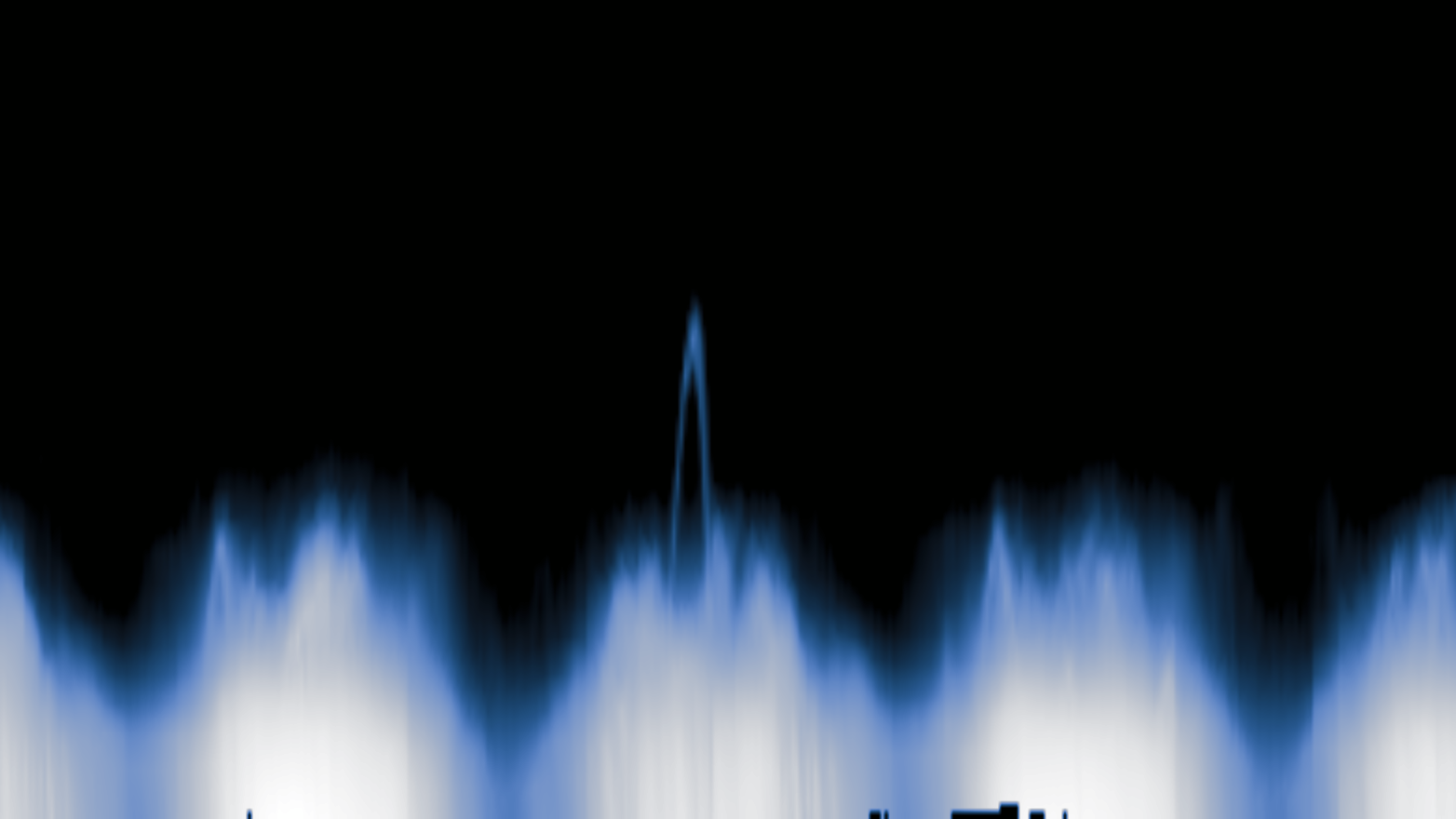Mars clouds take center stage in new NASA project looking for volunteers

Fogs, plumes and other types of Red-Planet clouds are getting the crowdsourcing treatment.
You can help NASA scientists do cloudspotting on Mars for free using the Zooniverse platform. Sign up for the project here at Zooniverse. The project, dubbed Cloudspotting on Mars, will invite people to look through 16 years of photos collected by NASA's Mars Reconnaissance Orbiter (MRO), which has operated at the Red Planet since 2006.
"The information may help researchers figure out why the planet's atmosphere is just 1% as dense as Earth's, even though ample evidence suggests the planet used to have a much thicker atmosphere," officials at NASA's Jet Propulsion Laboratory (JPL) in California wrote in a statement released Tuesday (June 28).
Related: 12 amazing photos from the Perseverance rover's 1st year on Mars
In the MRO infrared images, which were taken by the Mars Climate Sounder instrument, clouds appear as arches. But until now, scientists have had to pore through the images themselves looking for these features.
"The team needs help sifting through that data on Zooniverse, marking the arches so that the scientists can more efficiently study where in the atmosphere they occur," JPL officials wrote.
While Earth and Mars share some cloud similarities (the two worlds have water-ice rich clouds), the Red Planet also has clouds made up of carbon dioxide or dry ice. Examining clouds of all sorts will help scientists sort out the structure of the middle atmosphere of Mars, which is roughly 30 to 50 miles (50 to 80 km) above the planet.
Breaking space news, the latest updates on rocket launches, skywatching events and more!
"We want to learn what triggers the formation of clouds — especially water ice clouds, which could teach us how high water vapor gets in the atmosphere — and during which seasons,” Marek Slipski, a JPL postdoctoral researcher, said in the statement.
The project could also feed into long-term climatic studies to better learn about why Mars lost its atmosphere, which might be due to atmospheric erosion over the eons.
"One theory suggests different mechanisms could be lofting water high into the atmosphere, where solar radiation breaks those water molecules down into hydrogen and oxygen," JPL officials wrote.
The resulting hydrogen is so light that solar radiation could easily push it into space. In addition to the MRO work, another NASA mission called MAVEN (Mars Atmosphere and Volatile Evolution) is analyzing the phenomenon as well.
Follow Elizabeth Howell on Twitter @howellspace. Follow us on Twitter @Spacedotcom or Facebook.

Elizabeth Howell (she/her), Ph.D., was a staff writer in the spaceflight channel between 2022 and 2024 specializing in Canadian space news. She was contributing writer for Space.com for 10 years from 2012 to 2024. Elizabeth's reporting includes multiple exclusives with the White House, leading world coverage about a lost-and-found space tomato on the International Space Station, witnessing five human spaceflight launches on two continents, flying parabolic, working inside a spacesuit, and participating in a simulated Mars mission. Her latest book, "Why Am I Taller?" (ECW Press, 2022) is co-written with astronaut Dave Williams.

